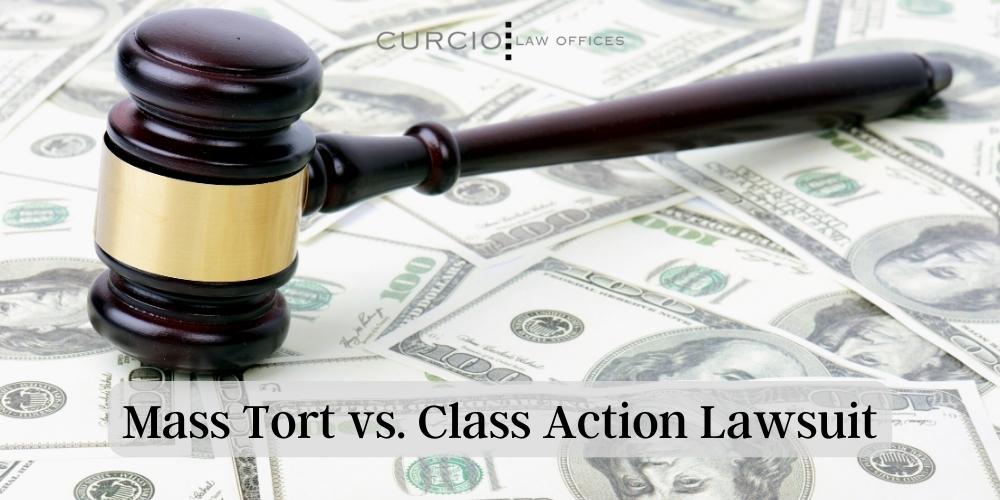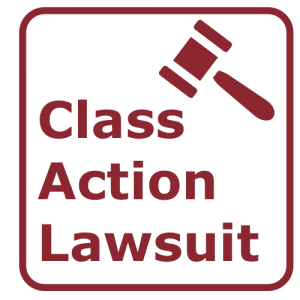Archer-Daniels-Midland Class Action Lawsuit: Your Legal Roadmap
Checking Out Class Action Lawsuits: What You Need to Know
Class action legal actions have come to be progressively prevalent in today's lawful landscape, with people joining pressures to seek remedy against organizations and companies. In this discussion, we will certainly check out the ins and outs of course activity suits, losing light on their meaning, the requirements for declaring, and the potential advantages and disadvantages entailed.
The Meaning of Course Action Legal Actions
A course activity lawsuit is a legal action submitted by a group of individuals who have similar cases versus an accused. Class action suits are normally brought when the number of prospective plaintiffs is too huge for specific claims to be functional.
One of the key elements of a course activity lawsuit is that the lead plaintiff, likewise called the class agent, stands for the rate of interests of all the class participants. The court selects the lead complainant based on their capacity to relatively and appropriately stand for the class. The lead complainant functions carefully with the course activity attorney to construct a strong case and look for settlement or other remedies in support of the entire course.
In order for a course action claim to proceed, the court has to accredit the class. This indicates that the court identifies that the lawsuit satisfies certain demands, such as numerosity (a large adequate variety of class participants), commonness (typical questions of legislation or fact), typicality (the insurance claims of the lead plaintiff are normal of the course), and adequacy of depiction (the lead plaintiff and class counsel can standing for the class's passions) Once the class is certified, the suit can move on, and any type of judgment or negotiation reached will put on all course members unless they select to opt-out.
Course action claims offer a necessary purpose in offering accessibility to justice for people who may not have the sources to seek their claims separately. They additionally promote efficiency in the lawful system by settling similar insurance claims right into a single action, lowering the concern on both the court and the events included.
Needs for Filing a Course Activity Lawsuit

An additional requirement is that the class needs to be sufficiently many. The specific number of course members called for might differ depending upon the territory and the nature of the situation. It is normally anticipated that the course has to be huge sufficient that joining all the individual complainants right into a single legal action is more effective than having several separate lawsuits.
Additionally, it is vital that the course rep, who is the individual or entity bringing the suit in support of the course, has normal claims and defenses to those of the class participants. The rep has to also have the ability to properly and rather stand for the rate of interests of the entire course.

Benefits and Downsides of Course Action Legal Actions
Class activity claims provide both benefits and downsides for complainants and accuseds associated with the lawful procedure. On the one hand, one of the significant advantages of class activity lawsuits is that they give a reliable and economical method for individuals with comparable claims to seek justice collectively. By consolidating many similar instances into one suit, course actions simplify the legal procedure and save time and sources for both accuseds and complainants.
One more advantage of course action claims is that they permit individuals with restricted sources to seek payment for their problems. In cases where the prospective recuperation is tiny, individual suits might not be financially feasible. By joining forces in a class activity, complainants can pool their resources and raise their chances of obtaining a reasonable resolution.
Additionally, course actions can advertise social adjustment by holding corporations answerable for their actions. By bringing attention to extensive misbehavior or malfunctioning products, course activities can push companies to alter their methods, boost product security, or apply reforms.
However, class activities likewise have downsides. One possible drawback is that individual complainants may have limited control over the lawsuits procedure and the utmost outcome of the situation. The lead complainants and their attorneys generally make crucial decisions in behalf of the entire class, which may not always align with the individual passions of each class member.
In addition, course activities can be time-consuming and prolonged, often taking years to get to a resolution. The complexity and dimension of these claims can bring about hold-ups and long term litigation, which can be annoying for both plaintiffs and offenders looking for a timely resolution.
Actions Associated With a Class Activity Suit
The procedure of a class activity lawsuit typically starts with the identification of a possible class and the declaring of a complaint. As soon as a group of people who share comparable claims versus a defendant is recognized, the lead plaintiff, or course representative, files a complaint on part of the whole class. This issue describes the claimed wrongdoing and looks for problems or other alleviation for all participants of the class.
After the problem is submitted, the court will establish whether the case satisfies the needs for class qualification. These requirements generally consist of numerosity (a large sufficient course), commonness (similar legal insurance claims), typicality (the lead complainant's claims are representative of the course), and competence of depiction (the lead plaintiff and their attorney can adequately represent the course's passions)
If the court certifies the class, notice is supplied to all possible class members, providing the possibility to opt-out if they wish to pursue their very own specific claims - Future FinTech class action lawsuit. If an enough variety of class members remain, the case will proceed to the discovery phase, where both sides collect proof and details relevant to the claims
Complying with exploration, the events may take part in settlement negotiations or proceed to trial. If the case goes to trial and the class prevails, the court will determine the appropriate damages or relief to be awarded to the class participants.
Current Site Class Activity Legal Actions
With a strong understanding of the actions entailed in a course action suit, it is now important to examine some current spots situations that have made a significant impact in the lawful landscape. BioVie class action lawsuit. These situations have not only formed the means class action legal actions are BioVie class action lawsuit carried out but have additionally produced modifications in different industries
One such spots case is the Volkswagen exhausts scandal, which led to the biggest class action negotiation in automobile background. This deception impacted millions of consumers worldwide, leading to a course activity suit.
Another significant instance is the Johnson & Johnson baby powder legal action. Countless females filed legal actions against the business, claiming that their baby powder items triggered ovarian cancer cells. In 2018, a court awarded $4.7 billion in problems to 22 complainants. This situation raised problems regarding the safety and security of talcum powder and triggered Johnson & Johnson to modify their item labeling.
These recent landmark cases demonstrate the power of class activity claims in holding firms accountable for their actions and seeking justice for afflicted individuals. They act as instances of just how course action suits can cause substantial changes and safeguard the legal rights of consumers.
Final Thought
Finally, course activity claims are a lawful system that enables a team of individuals to collectively seek justice for a common grievance. While they offer a number of advantages such as performance and cost-effectiveness, there are additionally downsides such as possible for restricted payment and prolonged legal proceedings. Understanding the requirements and actions included in filing a class activity claim is crucial for people looking for to pursue this legal avenue. Recent spots course action lawsuits have actually highlighted the relevance of such situations in promoting for consumer civil liberties and business responsibility.
One of the key components of a course action lawsuit is that the lead complainant, additionally understood as the class representative, stands for the interests of all the class participants.In order for a class activity lawsuit to continue, the court must accredit the class. This indicates that the court determines that the claim meets specific requirements, such as numerosity (a huge enough number of course participants), commonality (usual questions of regulation or truth), typicality (the cases of the lead plaintiff are normal of the course), and adequacy of depiction (the lead plaintiff and course counsel are capable of standing for the course's interests) Once the class is licensed, the legal action can move forward, and any judgment or negotiation reached will use to all class members unless they select to opt-out.
The procedure of a class action claim generally starts with the recognition of a potential class and the filing of a problem.